A good dishwasher makes the task of cleaning dirty dishes in your kitchen hassle-free. However, it’s important to make sure that all food waste and debris are disposed of properly in order to avoid any clogging or drainage issues.
Garbage disposal is an optional device (sometimes built-in) that’s often attached to a sink or a dishwasher to collect and shred food waste while cleaning and help with drainage of the dishwasher. But do you need garbage disposal for the dishwasher?
In this article, we’re going to explain all you need to know about garbage disposals for your dishwasher and how to ensure your dishwasher drains properly
Do You Need Garbage Disposal for the Dishwasher?
You do not necessarily need garbage disposal for the dishwasher because you can always rinse your dishes before you put them in the dishwasher. This practice will essentially remove the need of having to shred the food waste.
Why a Garbage Disposal for Dishwasher is Not Necessary
Some newer models of dishwashers come with built-in garbage disposals but many don’t. Even if they don’t, you can do without a garbage disposal due to the following reasons:
1- You Can Pre-rinse Dishes to Remove Food Waste
A garbage disposal can be a good attachment to help break down any large food pieces and debris, but it is not necessary as you can pre-rinse the dishes before placing them in the dishwasher to remove that waste manually.
This will ensure you remove all large food particles that could clog the drainage in the absence of garbage disposal.
2- There Are Other Ways to Discharge Water from the Dishwasher Drain
One of the major functions garbage disposal performs when attached to the dishwasher is to help discharge water, as the drain pipe from the dishwasher is connected to the side of the garbage disposal.
However, there are other means of bypassing this with particular pipping attachments and so garbage disposal is not necessary for your dishwasher to work.
3- One of the functions of the garbage disposal is to push the water out. An air gap can ensure that the dirty water from the drain doesn’t flow back into the dishwasher, even if you don’t have a garbage disposal attached.
6 Steps to Installing a Dishwasher without a Garbage Disposal
Installation of a dishwasher without garbage disposal can be easily accomplished with the use of a few piping attachments that will ensure your dishwasher works without the garbage disposal attached.
Just follow the steps ahead:
Step 1: Insert an air gap into the sink through the air gap hole at the top corner and secure the ends to sink using a wrench and nut.
Step 2: Pull the dishwasher drain hose through the opening in the cabinet and connect it to the smaller leg of the air gap pipe. Be sure to secure the hose to the air gap with a hose clamp.
Step 3: Use a wrench to remove the sink drain pipe at the bottom of the sink. Then attach a Y-branch tailpiece to the sink’s drain and tighten it with the wrench.
Step 4: Measure and cut a new tubing pipe. Then, attach one end of the tubing to the second angled leg of the air gap and connect the other end to the Y-branch tailpiece.
Make sure to secure both ends of the tubing with a hose clamp. This will connect the air gap to the sink drain.
Step 5: Run the dishwasher on a full cycle and check the air gap and all piping connections for any signs of leakage.
Step 6: Finally, reattach the cover plate of the dishwasher using the screwdriver.
What Can You Use Other than Garbage Disposal for the Dishwasher?
While a garbage disposal is certainly helpful in removing leftover food pieces and making sure your dishwasher doesn’t get clogged, It isn’t the only option available for getting rid of your food waste while using the dishwasher.
Here are some other alternatives to garbage disposal:
1- Composting
If you don’t have access to garbage disposal, this is a great way to ensure no food waste gets into your dishwasher.
Scrape off all excess foods from your dishes and make a compost heap in your backyard. This will help turn all the food scraps into rich and fertile compost for your garden. (Source)
2- Dishwasher Filter
This is a type of food catcher that will help to trap and collect any food debris that may be left on your dishes while you run the dishwasher cycle.
While most dishwasher comes with a filter attached at the bottom, if your’s doesn’t it is best to get one.
Why Did My Garbage Disposal and Dishwasher Stop Working?
If your garbage disposal and dishwasher stopped working, there are two main reasons why this could be happening
1- An electrical Outlet Issue
In most homes, the dishwasher and the garbage disposal share the same electrical circuit.
So, while running both of these devices, the circuit breaker could trip and cause the outlet to stop working which will lead your garbage disposal and dishwasher to stop working at the same time.
The outlet you often plug these appliances into is also usually under the sink area and if you store many things under your sink, the plugs of your garbage disposal and dishwasher could easily get knocked off or pushed out of the outlet which causes both the dishwasher and the garburator not to access the power needed to start.
2- Your Garbage Disposal Is Faulty
A leaking or clogged garbage disposal could stop it from working and since your dishwasher is hooked up to the garbage disposal, food accumulation from improper drainage could affect your dishwasher and cause it to also stop working.
Can a Clogged Garbage Disposal Cause Dishwasher Not to Drain?
Yes, a clogged garbage disposal can prevent your dishwasher from draining.
The drain hose from the dishwasher empties into the garbage disposal.
So, If your garbage disposal is clogged, unground food and debris will ultimately settle in the drain pipe and will prevent your dishwasher from draining properly and often leaves stagnant water at the bottom unit.
How to Unclog Dishwasher and Garbage Disposal?
A clogged dishwasher and garbage disposal can cause stagnant smelly water to back up in your dishwasher.
Thankfully, you can unclog both things without having to spend a large chunk of money.
We’re going to explain the best way to unclog your dishwasher and garbage disposal with a few methods:
Method 1: Unclogging the Garbage Disposal
This method is best for unclogging your garbage disposal, as that could be the main reason why your water is backing up into your dishwasher and causing it to clog.
So, it is essential to try this method first in order to ensure that your garbage disposal is working properly and isn’t the culprit.
Here are the steps:
Step 1: Turn off the electrical circuit breaker that controls the garbage disposal and unplug the disposer.
Step 2: Insert a ¼ Allen wrench into the small hole under the garbage disposal unit and rotate it to manually turn the motor shaft of the disposal blades.
Step 3: Make a natural cleaning solution by pouring ¼ of vinegar into the garbage disposal. Then pour ½ cup of baking soda into the garburator.
This will create a fizzy foamy cleaner that will help unclog and clean off any food waste that may be stuck in the disposal unit without being too harsh on the plastic.
Step 4: Use a plunger to fully cover the drain and add enough water to cover the plunger. Plunge to remove and loosen any additional hard residues that may be clogging the garbage disposal.
Do this until the water flows.
Step 5: Pour hot water down the drain to rinse off any more residues.
Step 6: Ensuring your garbage disposal is unplugged, locate the reset button at the bottom of the disposer and press it back in if it’s sticking out.
Step 7: Finally, turn on the circuit breaker, plug in your garbage disposer, and turn it on to see if water and food remnants can now be processed properly.
Your garbage disposal should be back in fighting shape.
Method 2: For Unclogging the Dishwasher
After ensuring your garbage disposal is unclogged, if your dishwasher is still clogged, you’re going to want to unclog the dishwasher.
This method is a well-rounded way to unclog your dishwasher and make sure it’s working properly.
The following steps will get you through this process:
Step 1: If there’s any standing water inside the dishwasher, use a plastic cup to scoop out the water. Place absorbent towels at the bottom of the dishwasher to remove and drain off any excess liquid.
Step 2: Use pliers to loosen and remove the bolts holding the dishwasher drain hose.
Step 3: Check for any clogs in the drain hose and clean them off with a rag. Insert the rag deeper into the hose to ensure you are removing any clogged-up dirt that may be stuck inside the hose.
Step 4: Pour some water down the hose and drain it into a bowl or bucket. This will fully rinse the hose and make sure there is no dirt in it.
Step 5: Reconnect the dishwasher drain hose and tighten it with the attached bolts.
Step 6: Open the dishwasher and check the base below the bottom rack. The drain basket will be attached there.
Remove the cover and use your hands to remove any food and dirt debris that may be stuck in the drain basket. Then return the cover
Step 7: Run the dishwasher cycle. Your dishwasher and garbage disposal should be draining properly and in their best condition after this.
Conclusion!
The garbage disposal is a great attachment to have with your dishwasher, however, it is not an absolute necessity. Your dishwasher will still work fine without one.
But if you ever have a clogged dishwasher and garbage disposal system that isn’t draining properly, we have also ensured you know just how to tackle the problem before you rush to shell out your money to a plumber.

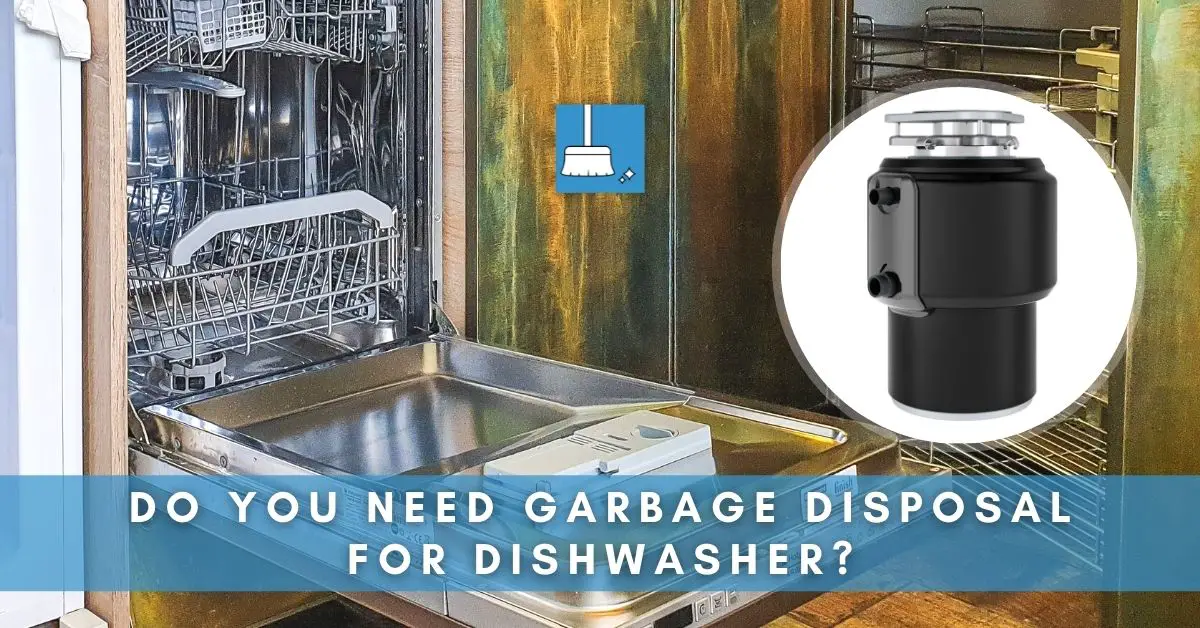
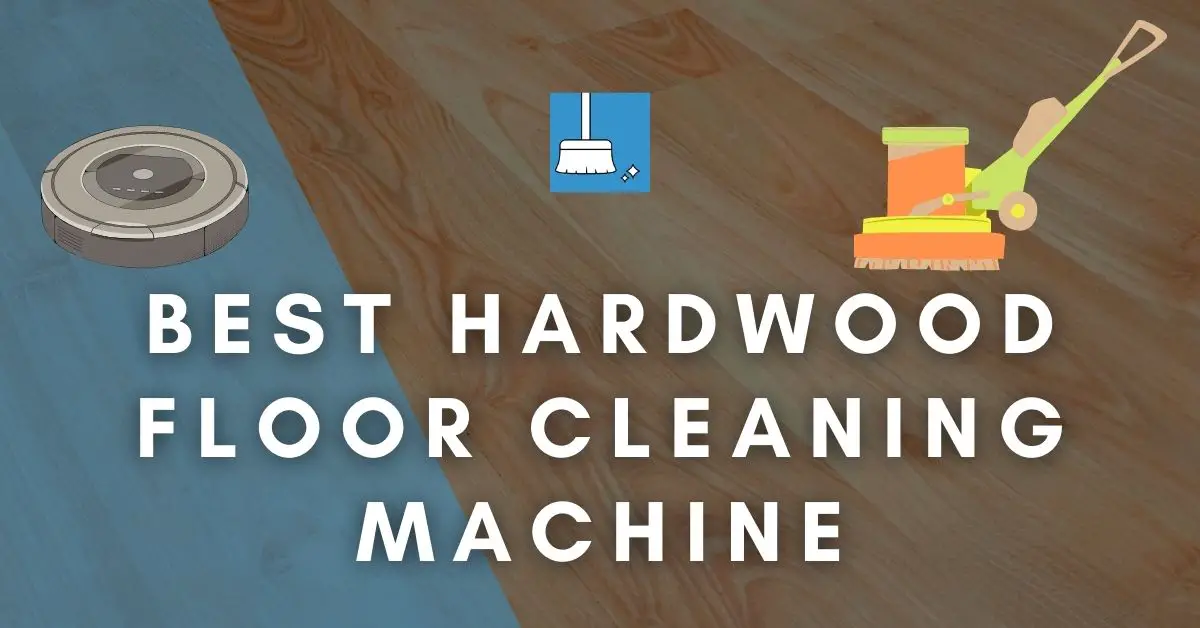
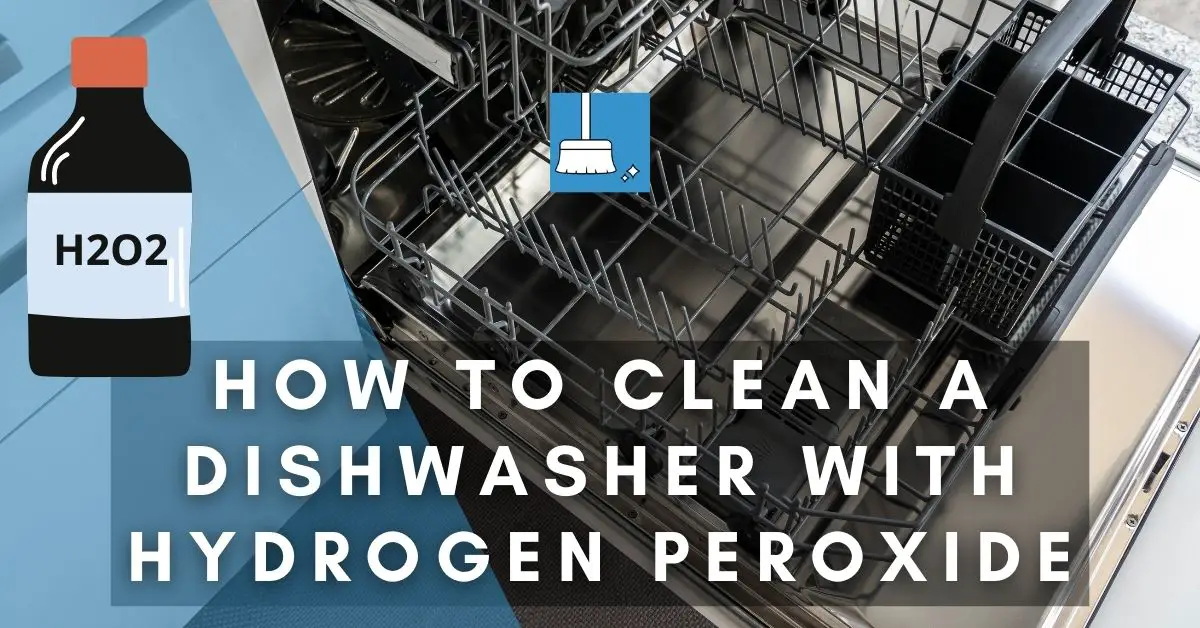
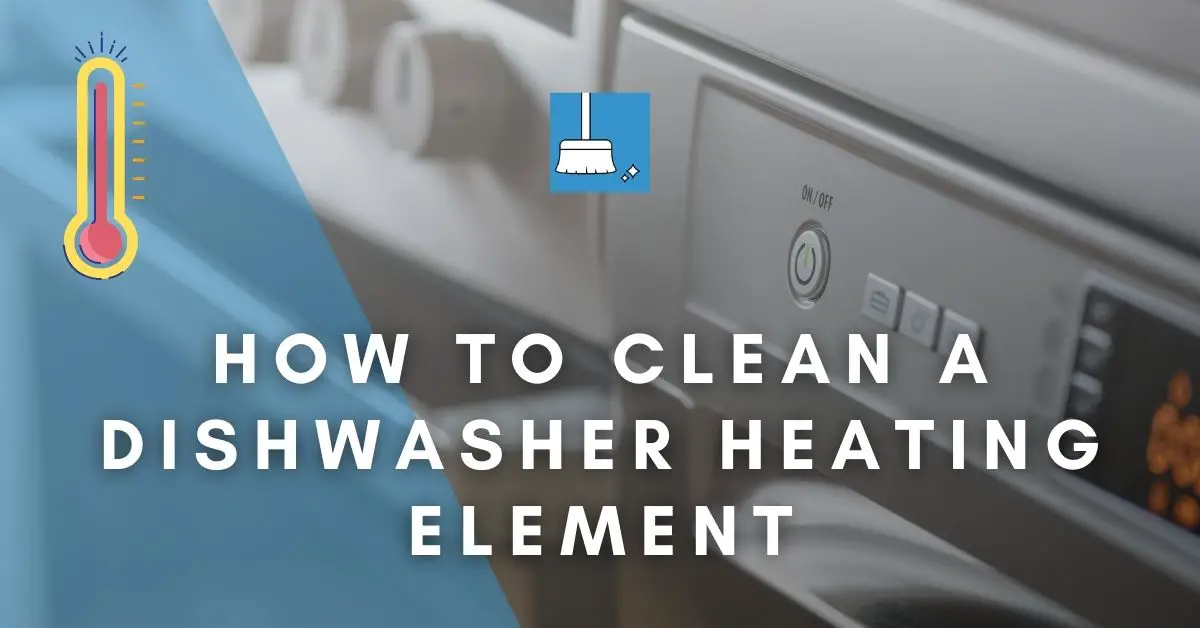
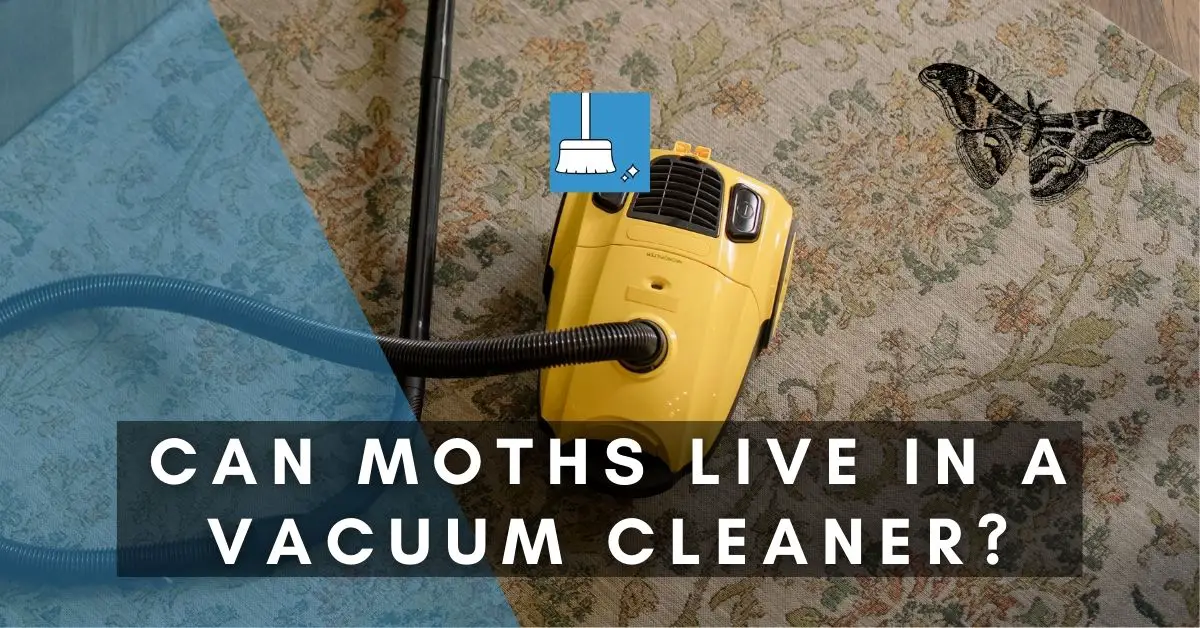
Pingback: Can You Use Liquid Plumr On Dishwasher? (Unclogging Methods) »
Pingback: Can You Take Your Dishwasher When You Move? (2022 Guide) »
Pingback: Do Dishwashers Come With A Water Supply Line? (Explained!) »
Pingback: Can You Install A Washer Instead Of Dishwasher? (DIY Guide!) »
Pingback: Do I Need A Junction Box For My Dishwasher? (Installation!) »
Pingback: Dishwasher Drain Not Near Sink! (What To Do?) + Tips! »
Pingback: Cannot Find The Circuit Breaker For Dishwasher (What To Do?) »